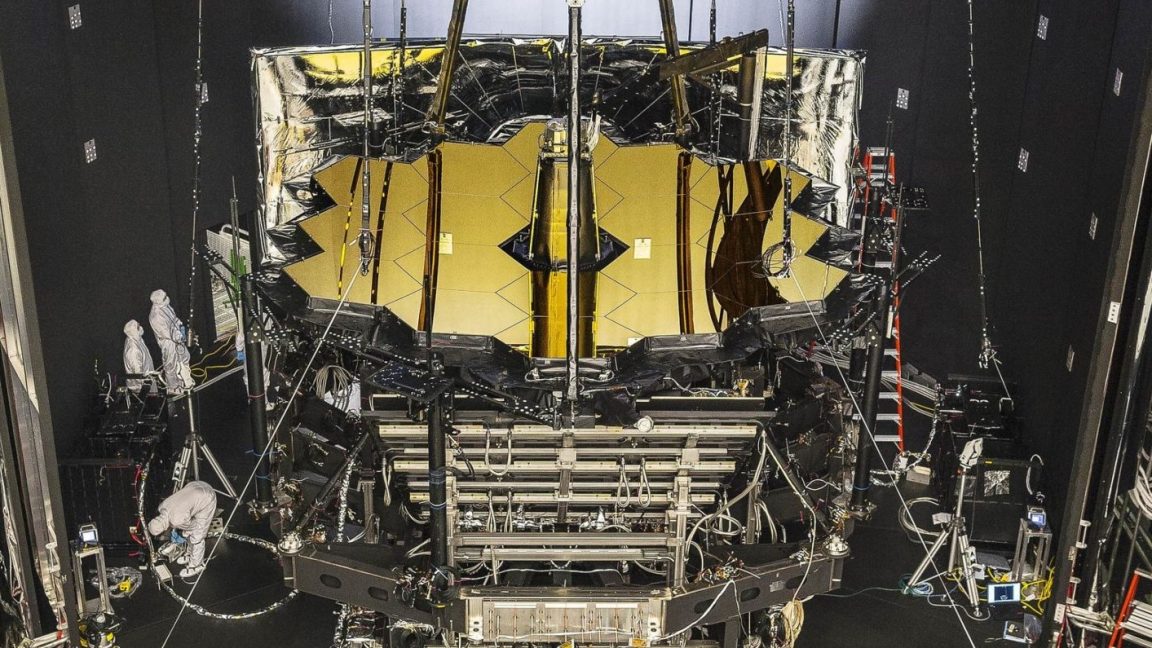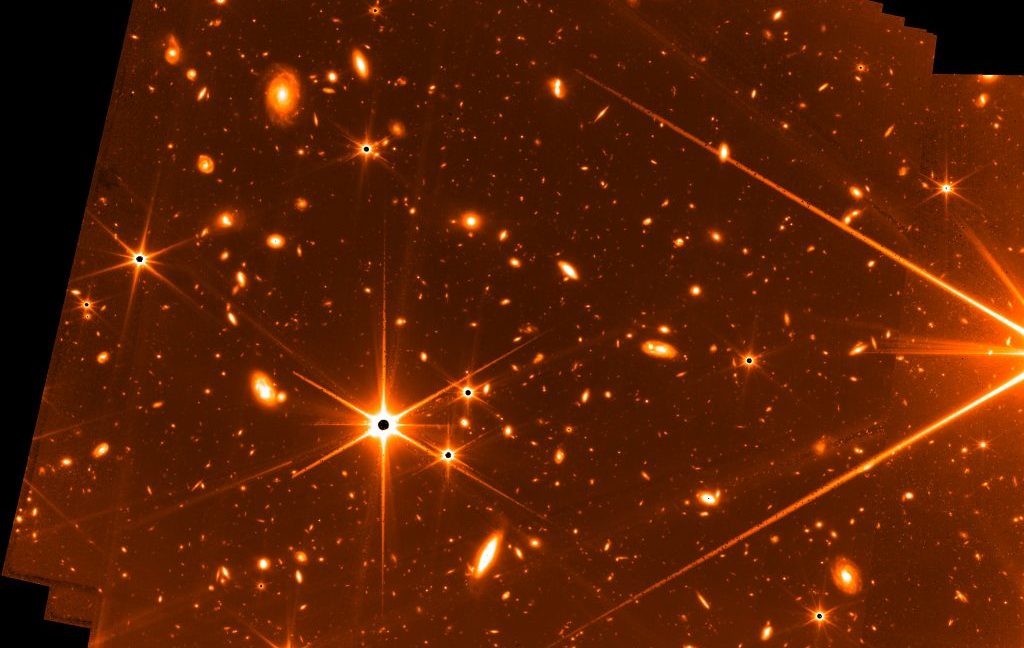Have you tried "Wikipedia-ing" it?
the TL;DR is:
All light can be bent by large objects/gravitational fields.
"Lensing" only occurs when the light is bent in such a way that it then is refocused...these are usually discovered totally by accident, as you need the right set up for the location, and we can't just change our location...and we don't know what all is out there that can act like a lense, and even if we find one, it isn't guarenteed that what it will "lense" will be of any interest.
Getting back to your original point, "what's the big hairy deal about the Webb telescope," it really is the better scientific gear and purpose-built IR cameras and detectors.
Since the universe is expanding, and the oldest parts are moving away from us, the light is being red-shifted...
Additionally, for objects inside our own galaxy, the amount of dust & junk in the way is harder to see through in the visible spectrum, but light at longer wave-lengths (i.e., the red and infra-red wavelengths) will be less likely to be diffracted or interfered with. There's a reason why we can look at galaxies 13 billion light years away, but we can't see the center of our own galaxy --> space gunk gets in the way! It's the density of all the crap that really casts a blanket, so to speak, in our way.
And if nothing else, the Webb telescope is better than the Hubble because camera tech has gotten a lot better since it launched in (crap) 1990. Do you know what CCD's were like back then?




